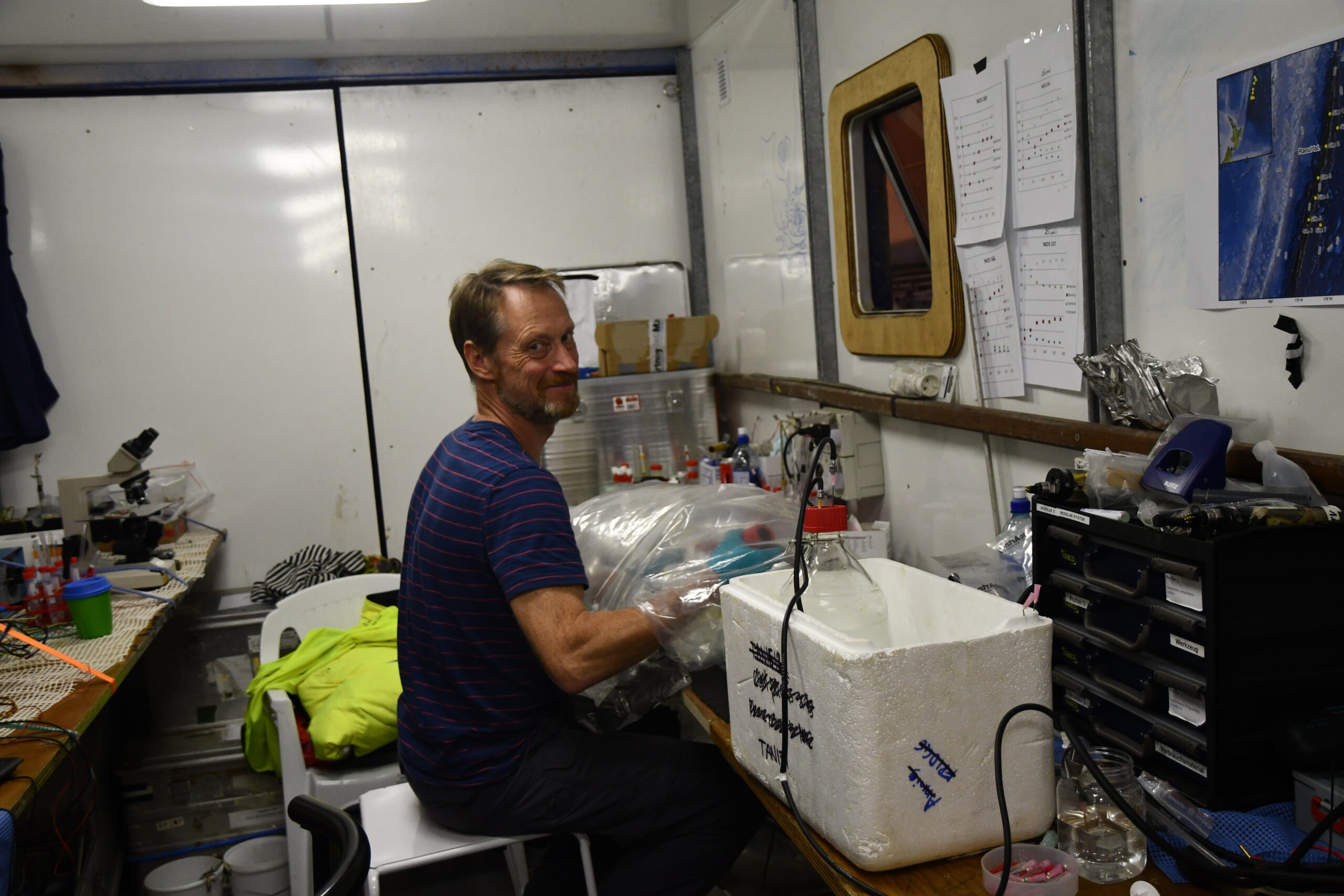HADAL discovers special bacteria in the hadal trenches
A special type of bacteria called anammox are attracted to nitrogen and play an important role in the planet’s biogeochemical life. Therefore, they are important to study in order to gather a better understanding of their activity. In a new study from the DNRF’s Center for Hadal Research (HADAL) at the Southern University of Denmark, the special bacteria were found in the hadal trenches. The finding was surprising, as the dark and extreme environment of the hadal trenches is one of the planet’s most difficult places to live, and only a few organisms are able to adapt to the high pressure. The new study, which is a collaboration between HADAL and researchers from France, was recently published in the scientific journal PNAS.

The anammox bacteria can handle the extreme pressure found in the hadal trenches. This is the result of a new study from the Center of Excellence Center for Hadal Research (HADAL) at the Southern University of Denmark. The study discovered a large number of the bacteria 8 to 10 km below sea level. The bacteria play an important role in the CO2cycle, which is why a better understanding of their activity and distribution is important. The research team from HADAL collaborated with a French research team from the National Centre for Scientific Research (CNRS) in France and published the study in the scientific journal PNAS.
“These bacteria are attracted to the extreme environment of the hadal trenches because they can live off something down there, and we’re talking about outright hotspots brimming with activity. In recent years, research has shown that a lot of nutrients reach the hadal trenches. This attracts a number of creatures, especially microorganisms, which are specialists in living down there,” said Professor Bo Thamdrup, who is first author on the study; the head of the center, Professor Ronnie N. Glud, is last author on the study.
The bacteria affect the CO2 cycle
The anammox bacteria were first discovered in 1999, and it soon became clear that they play an important role in the planet’s biogeochemical life, since they “eat” nitrogen compounds in the form of ammonium and nitrite and convert them into nitrogen gas. Both nitrite and ammonium are used as nutrients for a number of organisms, for example, the algae responsible for the oceans’ uptake of CO2, which means the bacteria go in and remove nutrients from the ocean, an action that affects the CO2 cycle.
Finding the bacteria was surprising, especially in such deep seas for two reasons: first, they normally flourish at shallower water depths, and second, they turned out to be very closely related to other bacteria found at lower water depths.
“We usually think of the hadal trenches as an extreme environment. It is, for instance, impossible for fish to live at such great depths. However, the results suggest that it is a different case with the anammox bacteria, which seem to be able to function across a huge range of pressure conditions,” said Professor Thamdrup.
The next step for the researchers is to work toward a better understanding of the life and element cycles in the hadal trenches, with a focus on how the pressure affects the bacteria.
Read more about the study at SDU here
